|
Super-sampling: Spectacular HD, 2K or 4K Does a 4K camera make sense in an HD world? Perfect sense. With 8.9 megapixels (effective), Sony’s 4K image sensor enables a single camera to provide gorgeous, super-sampled HD and 2K while preparing you for the 4K future.
4K/2K RAW recording option The ultimate capture system would record every nuance of light and shadow from the image sensor, preserving every detail from every pixel for full exploitation in post-production. If you want the maximum flexibility that RAW delivers, Sony’s optional AXS-R5 recorder is a remarkable new choice.
The future is built in The Sony F5 is uniquely designed to make economic sense today, with the features you’ll need to continue generating value for years to come. Instead of locking you into a single recording system, the camera opens the door to unprecedented versatility. Consider the choice of internal recording codecs. The camera’s 16-bit Linear RAW 4K output enables Sony’s optional AXS-R5 recorder to register every nuance of color, contrast and detail from the 4K image sensor—and even record a derived 2K RAW signal. Finally, Sony’s planned firmware upgrades are scheduled to bring you even more frame rates, more operating features and more recording options in the months and years to come. Vast exposure latitude Cinematographers paint their images with light and shadow. So the ability to render tones from deepest shadows to brightest highlights is a crucial test of any digital camera. The F5 excels, with an impressive 14 stops of exposure latitude, extraordinary low-light sensitivity and extremely low noise in the blacks. The result? Graceful rendering of scene contrast, even in searing sunlight. Viewfinders as revolutionary as the camera It's ironic that with focus so critical, most operators are stuck with viewfinders and on-camera monitors that offer middling contrast and resolution. Sony changes all that with the F5. A new digital interface has given rise to a brilliant new series of viewfinders.
Optional shoulder rig Sony consulted closely with cinematographers on the ergonomics of handheld and shoulder-mounted shooting. One result was the optional Sony shoulder rig, which provides comfortable handheld operation hour after hour. The rig is sturdy, lightweight and features industry-standard rosettes on both sides for quick and easy attachment of third-party hand grips and other accessories. Modularity and versatility The F5 is exceptionally small, light and modular, letting you build up the right configuration for each job—or each shot. For example, you can add the optional AXS-R5 RAW recorder whenever you need it. Or go with internal HD recording whenever size and weight are the highest priority. The time code/genlock connections and XLR audio inputs are built into two modules you can add or remove as needed. Small size is particularly welcome in stereoscopic 3D shooting. The chassis is only slightly wider than a typical PL mount prime lens, perfect for both mirror rigs and side-by-side configurations. Choice of recording formats When it comes to production, one recording mode emphatically does not fit all. That’s why the F5 gives you three useful recording formats. All are recorded internally, onto Sony’s established, affordable SxS media. High speed shooting at up to 120 fps in 2K From stunts and explosions to the fall of a single raindrop, high-speed shooting is a powerful storytelling tool.
High-speed SxS PRO+ media cards The F5 is a next-generation camera, which will feature high-data-rate on-board XAVC 2K/HD recording at 120 fps with a free planned upgrade. This requires next-generation SxS recording media—Sony’s 64 and 128 GB* SxS PRO+ memory cards—and a next-generation USB card reader, the SBAC-US20. Real world workflows Sony understands a fundamental truth: working cameras require practical workflows. That’s why the F5 is part of a larger production platform that includes affordable media cards, affordable card readers, free RAW Viewer software and compatibility with popular NLEs and finishing tools. Incredible flexibility: PL-mount, FZ-mount and still lenses Some Super 35 digital motion picture cameras are dedicated to PL-mount cine lenses. Other cameras tap the growing trend of shooting with affordable still lenses. The F5 was designed from the ground up to accommodate both.
Enjoy the convenience of auto focus, auto iris, image stabilization and servo zoom in Super 35 cinematography with Sony’s SCL-Z18X140 14x zoom. Sony CineAlta PL-mount prime lenses: A new generation With the F5, Sony introduces our second generation of cost-effective PL mount prime lenses, featuring a dramatic improvement in build quality. Thanks to refined glass, all are certified for 4K capture, while minimizing geometric distortion, vignetting and breathing. A 9-blade iris delivers beautiful bokehs. The focus rings rotate 240°. The series includes focal lengths of 20, 25, 35, 50, 85 and 135 mm. For easy lens changes, all have the same T2.0 aperture, the same external diameter, matte box diameter, and gear locations for follow focus and aperture. All are the same size except for the 135 mm. More than just a pretty interface Carefully designed with significant input from cinematographers, the F5 provides an incredibly rich range of controls. And the interface is nicely intuitive. Instead of diving through menus, you get direct, one-touch access to key shooting parameters including frame rate, shutter speed, color temperature, ISO sensitivity and gamma. Assignable buttons mean that favorite adjustments are always at your fingertips. The high-resolution status display confirms major settings for confident operation. Six soft keys above and below the display are context sensitive and give you direct access to key shooting parameters.
The connections you need The camera offers vital connections, including four HD-SDI jacks, HDMI®, USB, DC IN connection, a removable XLR audio module and a removable time code/genlock module. The XLR inputs accept balanced analog signals, provide 48-Volt phantom power and will accept four channels of AES/EBU digital audio with an expected firmware upgrade. Long-life Olivine Battery At Sony, we don’t just know about cameras. We’re also a leader in battery technology. The F5 takes advantage of Sony’s innovative BP-FL75 battery pack, which uses Olivine—Lithium Iron Phosphate—instead of conventional Lithium Ion cathodes. The result is a substantial increase in charge-discharge cycles, compared to previous Sony batteries. The Olivine battery works with Sony’s BC-L90 quick charger.
2 Comments
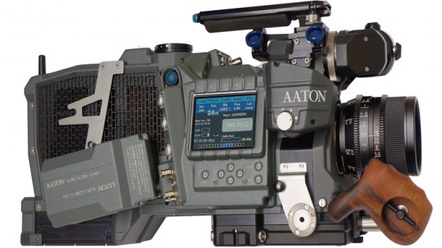 Tweet Tweet Upon its eventual release, the Aaton Penelope Delta just might be the most innovative digital cinema camera on the market. The Delta features 14 stops of latitude, onboard 3.5K RAW recording in CinemaDNG (with simultaneous proxy recording ability), the world’s first optical viewfinder for a full-res internally-recording camera, an ISO 800 base sensitivity, a mechanical shutter able to reduce that sensitivity by 3 full f-stops, a revolutionary sensor package that simply boggles the mind, and all within a quiet, operator-friendly body. This machine means business — and it’s not going to be cheap, either — but the specs and design plainly speak for themselves. Read on for the full details. Here is Aaton’s founder Jean-Pierre Beauviala on the camera at this year’s IBC: IBC 2012 - Aaton from Film Cyfrowy on Vimeo.
The specs list is really only the tip of the ice-berg, though. Some of the other unique design elements that make the Penelope Delta so note-worthy require a bit more in-depth explanation. 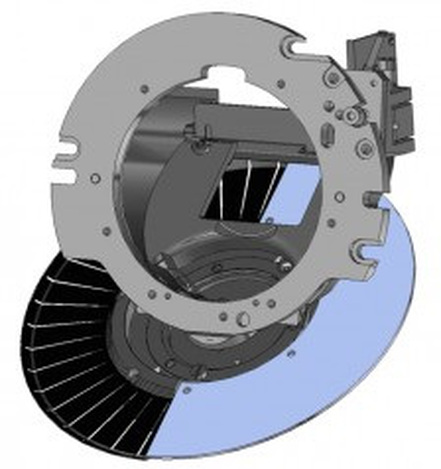 The Shutter The major side-effect of the low-light revolution is, well, our imaging chips naturally being really sensitive to light. This can become a problem in well-lit conditions, traditionally necessitating the use of neutral density filters. A problem we discuss a lot less is the infrared pollution that regular ND filters can create. Aaton’s solution to this problem is ingenious because it almost literally reexamines and reinvents the wheel, so to speak: the shutter. In addition to allowing you full mechanical control over shutter-angle, the Penelope Delta allows you to switch from a traditional half-moon spinning mirror to another set of blades which transmit exposure through many tiny slits. This reduces the ISO 650/800 sensitivity of the shutter down to about ISO 80/100, all mechanically/optically, and without affecting the shutter angle itself. A render of this design, courtesy of Aaton, is pictured to the right. This method also circumvents the loss of dynamic range that occurs with the attenuation employed by DSLRs at sub-base ISOs. The Sensor The sensor itself is another, well, marvel, really. A number of things make the Delta’s imager special, not the least of which is its Dalsa origins (anybody?) and the fact that it’s a CCD — an acronym we haven’t heard attached to new cinema camera descriptions for far too long in my opinion. The way things have been going for a while now seems to dictate that CMOS sensors are less expensive and, in terms of bang-for-buck, more potentially light-sensitive than would be their CCD counterparts. To be honest, I really never thought I’d have a chance to say this — but we now have a 3K+ Super35 sized ISO 800 CCD at the head of a motion picture camera. The reason Aaton chose a CCD over CMOS has to do with another thing we don’t usually talk about — photosite fill-factor. As John Brawley explains in a great post on the camera, CCDs have a greater pixel-fill potential than CMOS sensors do, because less of a CCD’s surface area must be dedicated to transfer circuity rather than light-capturing elements. This means the Penelope Delta will possess smaller “gaps” in the image it gathers, as its sensor has a 90% fill-factor versus the 75% commonly found in CMOSs. This will help to eliminate aliasing potential, for one, as well as produce a more all-around “full” image (visual explanation of sensor fill-factor from Dalsa in Links below). Something even more space-age about the Delta’s sensor, though, is an option which allows the sensor to actually move in place. This capability oscillates the imager by a half-pixel offset each frame, randomizing the noise structure of the image. Fixed noise structure is a difficult problem to bypass in the digital world, but it seems as though Aaton has done so to a point never before achieved. Moreover, Aaton claims that the resolution created by this sensor movement actually increases the effective spatial resolution of the imagery over time. Though any given single frame will resolve whatever a debayered 3.5K image equates to, in motion the consecutive frames combine to virtually resolve an estimated 7K before debayering. That’s right — the Penelope Delta’s sensor can resolve 7K RAW through a method of time-travel (not really but you can understand what I mean). The Results After all of this mind-bending innovation, what do the images created by the camera actually look like? Film and Digital Times got a chance to check out some test clips shot by Caroline Champetier, AFC, and had this to say about the footage: Racing from IBC hall 11 to Marquise technologies in hall 7, we looked at the dailies. Filmic and gorgeous. An available-light scene in a cafe held noiseless detail in deep dark shadows under the chair (below, left) while highlights in the silver espresso machine did not burn out (right). Apologies to Caroline–my graded jpeg below doesn’t do full justice to the original DNG file. Here’s the graded jpeg in question (courtesy Jon Fauer, FDT): You may access the CinemaDNG clip this still is from and others from the links below.
As mentioned earlier, when this camera comes out — and there doesn’t seem to be any definitive release dates thus far, though John Brawley estimates that five working prototypes will ship in December — it’s not going to sell for pocket-change. Mr. Brawley’s post says the target price will be around 90,000 Euros, which is about $120,000. That’s more than a little outside the realm of short-term ownership for me, but I’ll be pleased if I have the opportunity to work with the Penelope Delta on a rental basis before I turn 71 years old. Are you guys as excited about the technologies at work here as I am? Do you think the Penelope Delta will be able to cut a sizeable share out of the RAW digital cinema market once it comes out? Links:
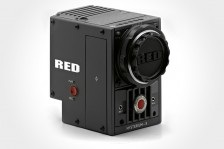 RED EPIC and SCARLET Get Simultaneous HDMI/HD-SDI in Stable Firmware Release Joe Marine10.18.12 @ 5:48PM Tags : firmware, red, redepic, redscarlet If you were one of the lucky few who got in on the recent RED SCARLET deal (or you already owned one), RED has just announced a new stable firmware update that allows the HDMI and the HD-SDI to output a signal simultaneously on both the EPIC and the SCARLET. This had previously been impossible without the use of a splitter of some kind, but it’s clear that the EPICand SCARLET are powerful enough to not only record internally, but also send out two debayered signals at the same time. Check out the rest of the major additions in this update below. These are some of the significant additions in this release — version 3.3.14:
I know some of you were trying to avoid buying the 5″ RED Touch LCD, but then it was mentioned that the Touch LCD was required after performing a firmware upgrade. Searching through the REDUser forum, I came across the answer, and it seems RED has made it possible to use a third party monitor even after a firmware upgrade: The only issue with using a 3rd party monitor as a primary monitor is switching the menus to it after a firmware update. At first we had to ask for a force HDMI preset for each new firmware but now red has created a download package with everything you could need. It’s found in the support section of red.com in the downloads portion and it’s called DSMC resources. Inside will be a series of folders one should be preset files, inside of that will be a selection between firmwares select your, then select the preset you want 720 or 1080, hdsdi or hdmi. Now all you have to do is place the file in a folder named force_preset in the root of your ssd, boot the camera it will run the force preset and then the screen should turn on. You can find the firmware upgrade from RED using the link below. Link: RED Firmware Upgrade — Downloads 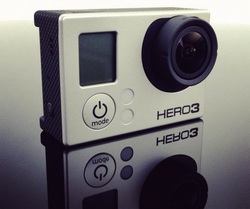 GoPro has announced three camera models, full details here] We knew it was coming sooner or later, but I don’t think many suspected that the new camera from GoPro would be quite this powerful. Industry pros and others were invited to a GoPro event in the Bay area tonight where the brand new 4K capable HERO3 Black Edition camera was introduced. Sony and JVC have been trying to get in on the action with their own POV cams, but when it comes down to specs, this new pocket cam from GoPro might be in a whole other league — and it’s even going to be compatible with the new Protune firmware upgrade that was just released. Click through for everything we know so far about the camera. Here are the specs so far (thanks to Stu Maschwitz for the info):
|
KimataDP | Director | Editor ArchivesCategories
All
|
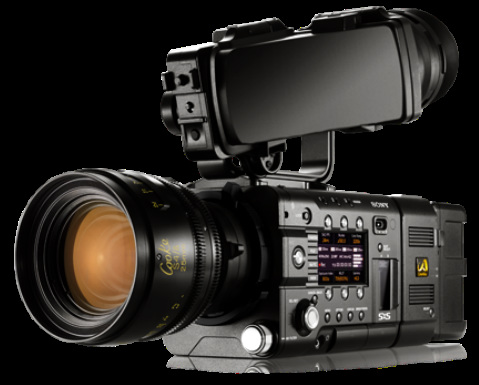
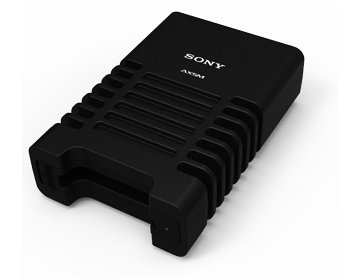
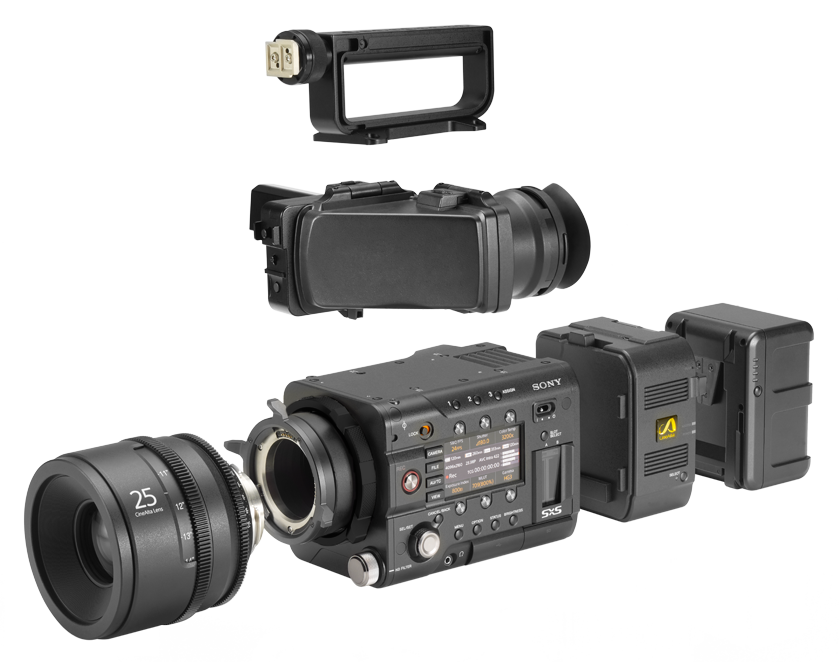

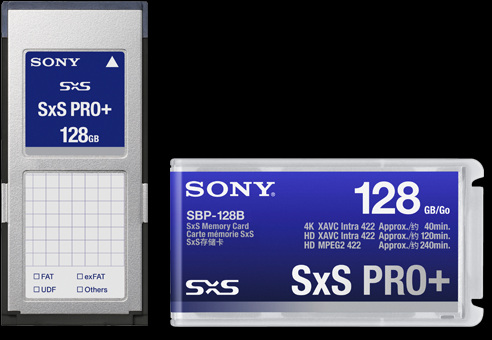
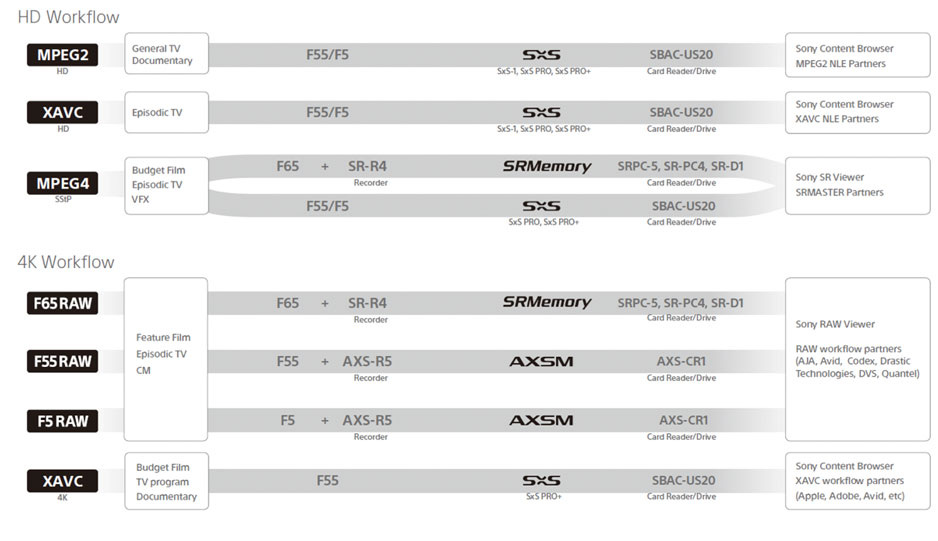
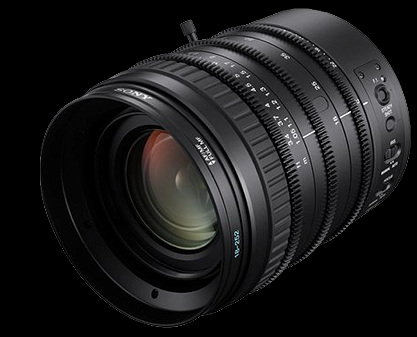


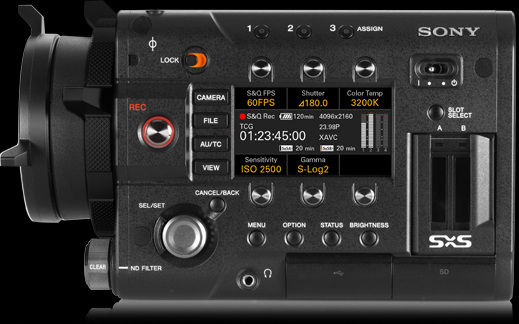
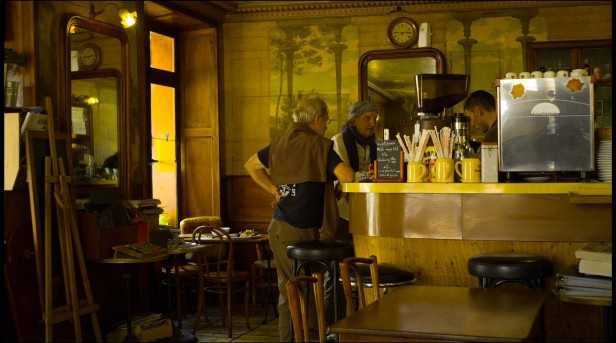
 RSS Feed
RSS Feed